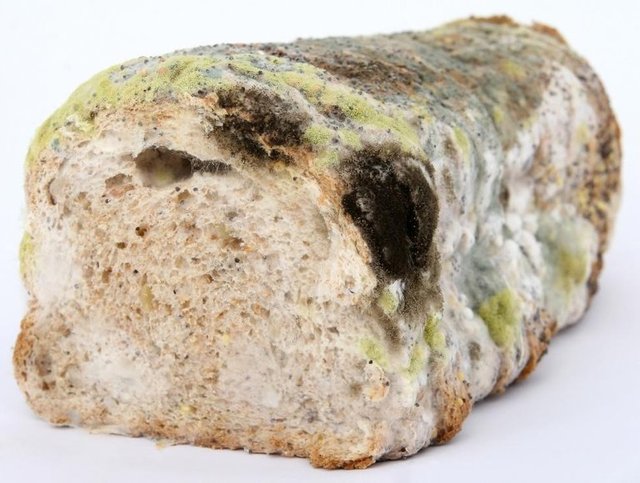No Good Thing Lasts Forever: A Study of Food Spoilage

Food can initially be quite tasty, appealing to the eye, smelling pleasant, and appearing as though it won't change appearance at all, but keep in mind that good food doesn't stays indefinitely. Mold is usually the first indicator of spoiled food, depending on the type of food. Let's start with "Nothing Good Last Forever" as our post.
Mold is typically widespread but not unique to bread. Numerous foods contain mold, however some, like blue cheese, can be eaten while others, like mold on bread, should not be.
Free Range Animals
Molds are minute fungi that begin as 3 to 4 micrometer length spores in the air and begin to grow when the environment is favorable for them, such as when there is warmth, moisture, and nutrients. Even if you put them in refrigerators, they would still form since they prefer our temperature. Mold spores release mycelia, or root threads, into the fruit or other food that they are about to form or grow on. Although mycelia are hard to perceive with the naked eye, we often see them when the fungal spore rises above the food item, and the stalks give them the color you observe.
Before eating, molds digest their meal, and the mycelium breaks down the organic materials. In particular with soft food, I would not suggest cutting and discarding areas where you believe the mold mycelium has not yet reached due to the mycotoxins created around the mycelium. In grains and nuts, mycotoxins-producing molds can be detected. Aflatoxin is a form of harmful mycotoxin made by Aspergillus flavus and Aspergillus parasiticus. Aflatoxin is not produced by the molds found in blue cheese or shilton. They are added to cheeses to help them break down complicated compounds while also imparting a distinct flavor and aroma.
Fruits Getting Old
Fruits contain the enzyme Polyphenol Oxidase (PPO), which oxidizes phenols in the presence of oxygen to produce melanin, the same pigment present in humans. Melanin is created when plant cells are injured to slow down and stop infection from entering the cells. Because of this, when an Apple or a Banana is chopped and left for a while, they become brown. Numerous fruits, including cocoa, coffee, and tea, also experience this oxidation process.
Your Meat is Another food item that spoils is rotten meat. Despite having a best-buy date of around a week after purchase, because it is a breeding environment, it can rot in a matter of hours or days.
Due to its moist, nutrient-rich nature, which serves as a breeding ground for germs and encourages their growth over a few days, it can spoil within hours or days. These bacteria, such as Pseudomonas or Lactobacillus, consume meat and produce unpleasant byproducts called Volatile Organic Compounds, which include hydrogen sulfide and turn the natural coloring in muscle into a greenish hue.
I don't want any of my food to spoil.
You must be familiar with probiotic foods that use the process of lacto-fermentation to convert sugar into lactic acid. Lactobacillus Acidophilus is the type of bacteria found in your intestines or gut. These bacteria can tolerate salt, therefore the lacto-fermentation procedure involves partially digesting food with bacteria to keep it safe and prevent it from rotting quickly.

Shared on twitter
https://twitter.com/apahsamuel2/status/1687369453648924673?t=X1doAAeKcRf3ev02ib8r8A&s=19